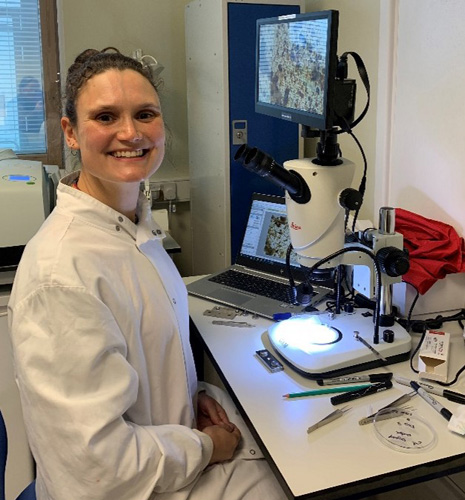
Daisy at her microscope, processing sludge samples. Photo credit: Daisy Harley-Nyang.
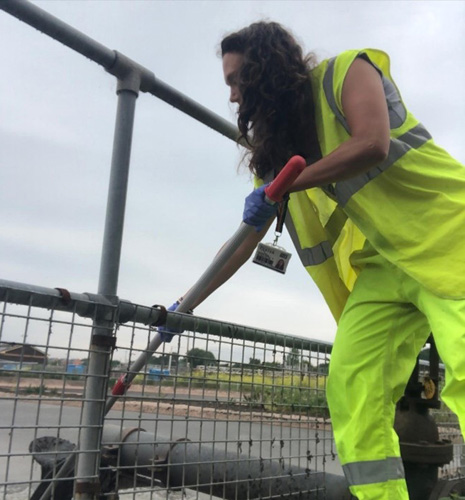
Daisy collecting sludge samples. Photo credit: Daisy Harley-Nyang.
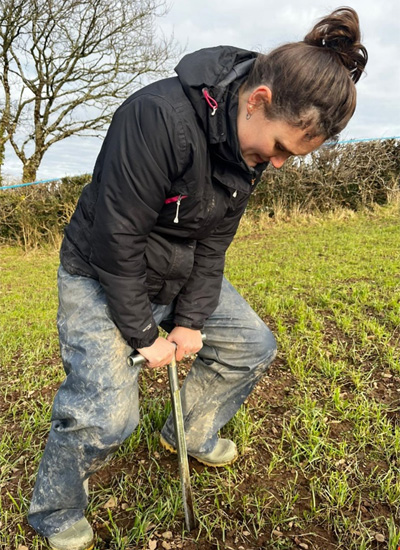
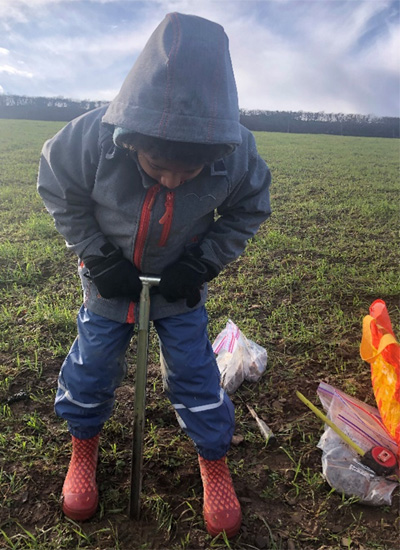
Daisy and her son collect soil samples, which will then be taken to the lab for analysis. Photo credit: Daisy Harley-Nyang.
Interview with a Soapbox Scientist: Daisy Harley-Nyang
Daisy Harley-Nyang
Daisy Harley-Nyang
Daisy Harley-Nyang
In recent years, we’ve all come to know a bit about The Plastic Problem. Most of us have heard that plastics tend not to break down in the environment, that they pollute our beaches and our oceans, and that they have a negative impact on wildlife. Indeed, most of us have also heard the term microplastics, and are aware that microscopic pieces of plastic are turning up all over the place – from garden soil to Antarctica. But – as Daisy Harley-Nyang, a WISE-CDT funded PhD researcher at the University of Exeter – tells me, there is still a huge amount we don’t know about microplastics. For instance, how they get into our environment, and how we might actually be aiding their spread.
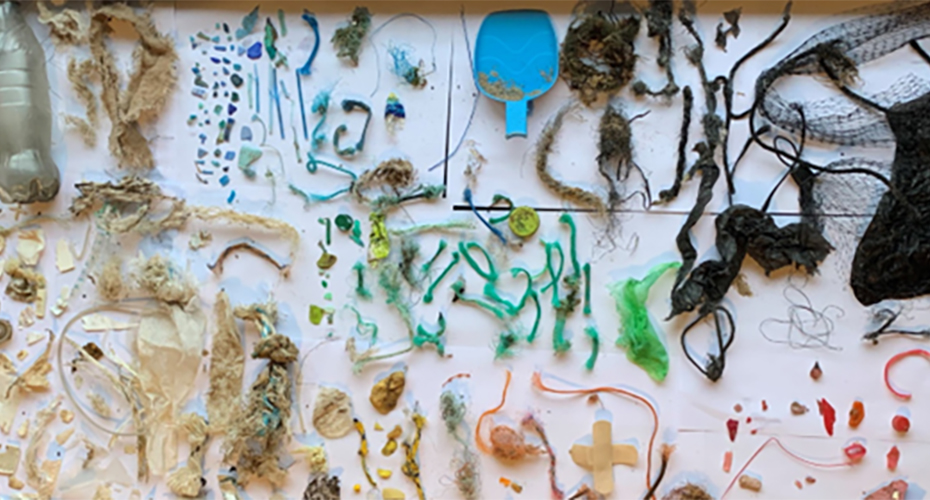
Plastic pollution from one of Daisy's local beaches. A survey by the Marine Conservation Society found plastic pieces to be the most common litter item found during beach litter picks. Photo by Daisy Harley-Nyang
Daisy researches microplastic pollution in Devon wastewater plants. In these plants, wastewater – the water that comes from our houses, drains off our roads, or is used in local industry – is treated before being released into our rivers and seas. In the treatment process, the ‘bad stuff’ that we don’t want to be flushed out into the environment is removed from the water to create something called sludge. This sludge, once treated, is then used as a fertiliser on farmland. “The problem is”, Daisy explains, “sludge contains huge numbers of microplastics. Lots of these microplastics come from domestic wastewater, such as from the fibres that shed from our clothes when we do our laundry. When the sludge containing these microplastics is used as fertiliser on farmland, the microplastics either become buried in the soil, or are washed into local rivers and eventually out to sea”.
You might wonder why this is such an issue: surely if the plastic is so tiny that we can only see it under microscope, it can’t be doing that much damage. Daisy tells me that this isn’t the case.“When plastics are this small, they become bioavailable. This basically means that they can be consumed by many different animals – including those at the bottom of the food chain – and even by humans. When small enough, they can then enter our bloodstreams and our tissues.” Daisy goes on to tell me that these plastics can cause problems once inside our bodies, because they contain toxic molecules and chemical additives. These can disrupt the normal biological (especially hormonal) processes within our bodies, and may lead to disease. So, Daisy explains, it’s of vital importance that we understand where these microplastics are in our environment, and if there are ways we can stop them being released.
"When plastics are this small, they become bioavailable. This basically means that they can be consumed by many different animals – including those at the bottom of the food chain – and even by humans. When small enough, they can then enter our bloodstreams and our tissues."
Before Daisy’s research into the microplastics found in sludge, nobody really knew what was in this product. Now, using Daisy’s discoveries, there are paths forward for trying to decrease microplastic pollution in the local environment. I find this fascinating, and I’m intrigued about how Daisy came to end up in this area of research: was she always passionate about plastic pollution?
Speaking with Daisy, her passion for her PhD topic is clear and contagious, but she didn’t always plan on undertaking a PhD in this area. She started out by doing an undergraduate degree in Geography and Geology at the University of Birmingham, then moved onto various jobs, including water quality testing in Devon and working at an animal post-mortem lab. During this time, she undertook a part-time Master’s degree at the University of Surrey, investigating water quality in villages in The Gambia. She wrote up her dissertation (which received a Distinction) alongside caring for her new-born son.
While working in the post-mortem lab, Daisy realised she was interested in pursuing a PhD but wasn’t quite sure she was the right sort of person to do one. After some advice from a colleague – essentially telling her to go for it, because she was clearly great at research – she landed the first PhD project she applied for. The PhD on microplastic pollution tied together her previous experience of working on water quality, working in a lab, and collecting samples in the field.
Now, Daisy spends most of her time either out collecting samples for analysis, or at the microscope, figuring out what exactly is in her samples. Using some fancy kit in her lab, she can identify the sort of microplastics she’s looking at, which can help her understand where they’ve come from. She’s currently working on a pretty exciting new line of research, which involves figuring out whether different types of sludge have different numbers of microplastics in them. This could help us further understand how to stop the flow of microplastics into the environment. Daisy tells me that she loves all aspects of her job – being in the field, at the microscope, and making discoveries – but is sure to keep her research within normal working hours so she can spend quality time with her husband and two sons. I tell her she must be the queen of multitasking, but she just smiles and says, “not really, I just make it work – I’ve always followed my own path.”
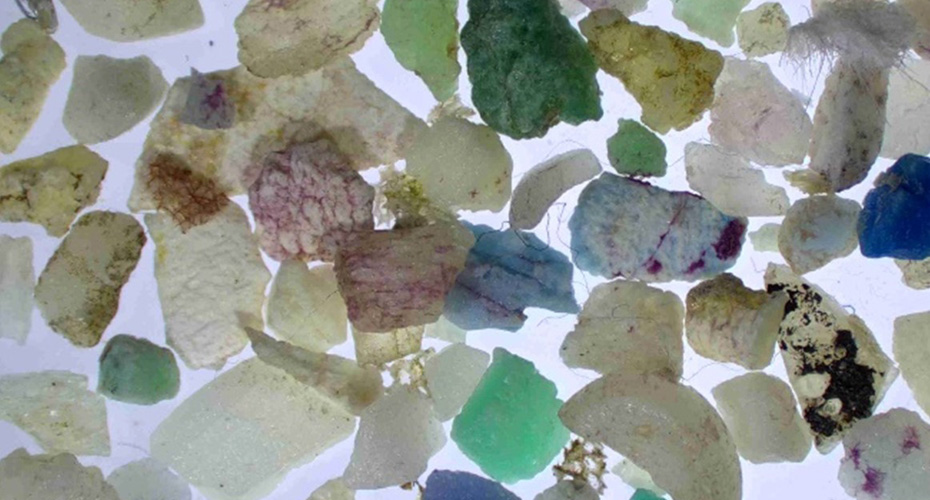
Microplastics found in marine samples. Photo by Daisy Harley-Nyang
I ask Daisy who her scientific superhero is. She tells me that her superhero is her PhD supervisor, Professor Tamara Galloway, OBE. Prof. Galloway is a pioneer in the microplastics world, who has conducted ground-breaking research into plastics in the environment and the effect they have on our health. Daisy tells me that as well as being an incredible scientist, Prof. Galloway is also a wonderful person, who is supportive of a healthy work-life balance and interested in the wellbeing of her colleagues and students.
Daisy’s enthusiasm for her PhD research is inspiring, and I come away from our chat with a much better understanding of why microplastic pollution in our environment is problematic. If you want to learn more about plastic pollution, or simply meet an inspiring scientist who is making waves in her field of research, you can go to Daisy’s Soapbox Science talk in Exeter on 10th June at Piazza Terracina, Exeter Quayside.
In the meantime, you can stay up-to-date with Soapbox Science Exeter news by following @SoapboxExeter on Twitter.
Interview by Beki Hooper.
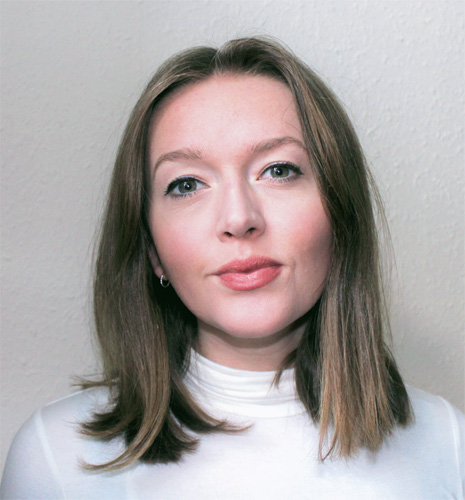
About the Author
Beki Hooper is a freelance writer and researcher, with a PhD in animal cognition. Her science writing has appeared in numerous publications, including The Conversation, BOU Magazine and Psychology Today, where she writes a blog about the minds, relationships and behaviours of animals. She is also a Pushcart Prize nominated poet, with poems published and upcoming in multiple international literary magazines and anthologies. She lives in Devon, and when she isn't writing she is most often found wandering Dartmoor or swimming in the sea. You can follow her on Twitter @BekiHooper.
